

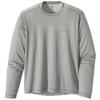
| capilene shirt |
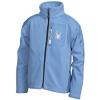
| zippered fleece jacket |

| shell |
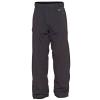
| snow pants |
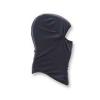
| a balaclava, not to be confused with: |
| baklava. |
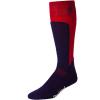
| SmartWool socks |

| HOME | PHOTO GALLERY | TRIPS | SOCIAL EVENTS | LODGE | FAQ | LINKS | TESTIMONIALS | MAILING LIST in the lodge: THE DAILY FLAKES | EASIER WAY CAFÉ | FRESHIES | THE YARD SALE BECOME A MEMBER | SIGN UP FOR A TRIP | CONTACT US |